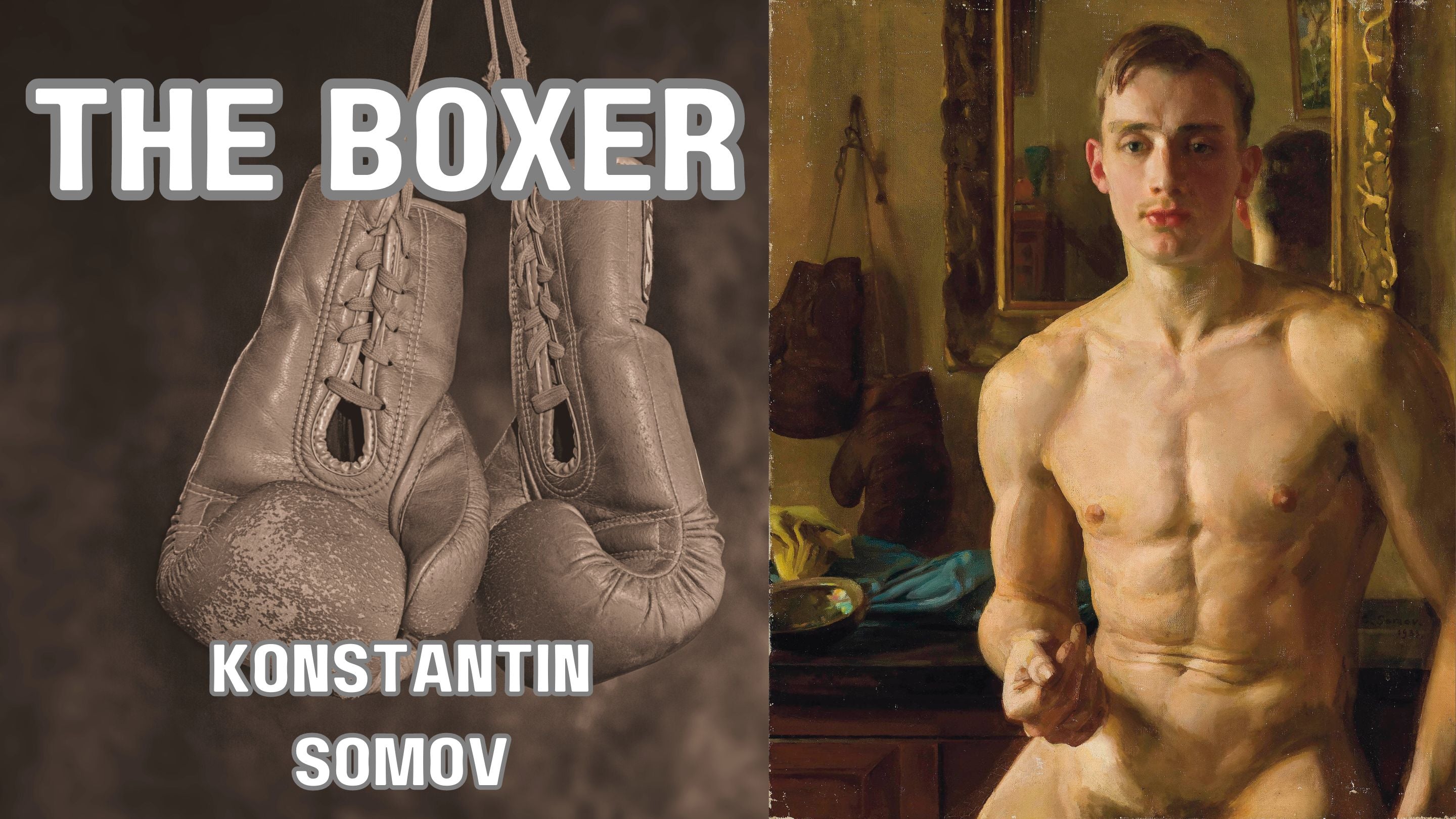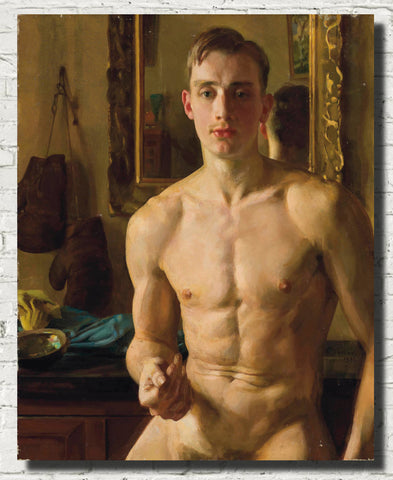Table of Contents:[hide]
Art has the power to transcend time and space, offering a glimpse into the artist's soul and the cultural milieu of their era. One such masterpiece that captivates both art enthusiasts and novices alike is "The Boxer" by Konstantin Somov. This iconic painting, created in the early 20th century, stands as a testament to Somov's artistic prowess and his ability to capture the essence of a moment. In this article, we will delve into the intricacies of "The Boxer," exploring its historical context, artistic elements, and enduring legacy.
The Artist: Konstantin Somov
Before we unravel the details of "The Boxer," it's imperative to acquaint ourselves with the artist behind the canvas. Konstantin Andreyevich Somov (1869–1939) was a Russian artist and influential member of the Silver Age movement. Known for his mastery of the Rococo style and his affiliation with the World of Art group, Somov played a pivotal role in shaping the artistic landscape of his time.
The Boxer: A Glimpse into Somov's World
1. Historical Context
"The Boxer" was painted in 1911, a period marked by significant political and social upheaval in Russia. The country was on the cusp of the Russian Revolution, and tensions were palpable. In this tumultuous environment, Somov, known for his nostalgic and romantic works, created "The Boxer" as a departure from his usual subject matter.
2. Artistic Elements
2.1. Composition and Lighting
One cannot help but be drawn to the impeccable composition of "The Boxer." Somov masterfully uses light and shadow to emphasize the contours of the subject's muscular form. The play of light on the boxer's body not only highlights his physical prowess but also adds a dramatic flair to the painting.
2.2. Color Palette
Somov's color palette in "The Boxer" is subdued yet evocative. Earthy tones dominate the canvas, with warm browns and ochres creating a sense of intimacy. The use of muted colors allows the viewer to focus on the subject's expression and the dynamic energy exuded by the scene.
2.3. Brushwork and Texture
The artist's brushwork in "The Boxer" is both expressive and refined. The strokes seamlessly blend to create a sense of movement, capturing the transient nature of the moment. The texture of the canvas itself adds depth to the painting, inviting viewers to immerse themselves in the tactile quality of Somov's work.
3. Interpreting the Symbolism
3.1. Physicality and Vulnerability
At first glance, "The Boxer" may seem like a celebration of physical prowess. However, a closer look reveals a nuanced portrayal of vulnerability. The boxer's contemplative expression hints at the emotional toll of his rigorous training and the challenges he faces inside and outside the ring.
3.2. The Silent Fight
Somov's decision to portray the boxer in a contemplative moment rather than in the heat of battle adds a layer of complexity to the painting. It invites viewers to reflect on the internal struggles we all face, emphasizing that life's most profound battles are often fought in silence.
FAQs About "The Boxer"
-
What inspired Konstantin Somov to paint "The Boxer"?
- Answer: Somov was inspired by the cultural and political climate of early 20th-century Russia. "The Boxer" is a departure from his usual nostalgic themes, capturing the tension and vulnerability of the time.
-
Why did Somov choose a boxer as the subject of the painting?
- Answer: The choice of a boxer as the subject is symbolic. It represents the physical and emotional struggles faced by individuals in a tumultuous era, highlighting the vulnerability that coexists with strength.
-
What is the significance of the muted color palette in "The Boxer"?
- Answer: The subdued colors in "The Boxer" serve to direct attention to the emotional depth of the subject. The earthy tones create an intimate atmosphere, allowing viewers to connect with the boxer on a more profound level.
-
How does Somov use light and shadow in "The Boxer"?
- Answer: Light and shadow in the painting emphasize the boxer's muscular form and add a dramatic flair to the scene. The play of light highlights the physical prowess of the subject while also conveying a sense of inner turmoil.
-
What is the emotional impact of the boxer's expression in the painting?
- Answer: The contemplative expression of the boxer adds an emotional layer to the painting, suggesting a deeper introspection. It invites viewers to empathize with the internal struggles faced by individuals during times of upheaval.
In conclusion, "The Boxer" by Konstantin Somov transcends its time and place, inviting viewers to contemplate the intersection of strength and vulnerability. Through masterful composition, nuanced symbolism, and a rich color palette, Somov captures the essence of a tumultuous era and the universal human experience. This painting stands as a timeless testament to the power of art to evoke emotion, provoke thought, and connect us across the ages.


